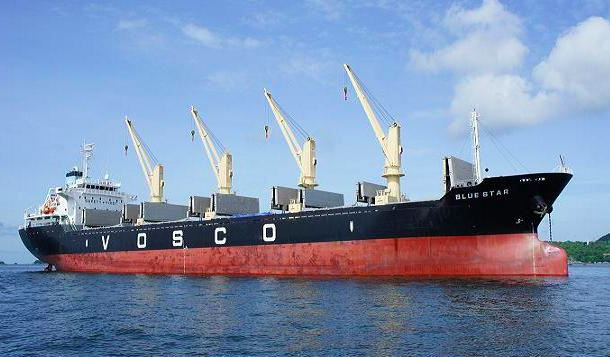 Economy
Economy

The Vietnamese Government is set to rein in the role of the State in the economy and encourage private sector-led growth.
 |
| ADB’s Public-Private Partnership (PPP) Monitor report aims to benefit both policymakers and investors by providing in-depth information and data on the business environment for PPPs over time. — Photo RMF Bangladesh |
HÀ NỘI — The Vietnamese Government is set to rein in the role of the State in the economy and encourage private sector-led growth.
This move is due to the country’s rising public debt and State-owned enterprises dominating the development and management of infrastructure projects.
The information is evaluated by Asian Development Bank in its Public-Private Partnership (PPP) Monitor report that tracks the development of the PPP business environment across ADB member countries and provides insights for governments on structuring a sound environment for PPPs.
This is the first edition of the report, which will be released annually. It surveyed nine countries in the region, including Bangladesh, China, India and Indonesia, as well as Kazakhstan, Papua New Guinea, the Philippines, Thailand and Việt Nam. It will be expanded to include additional countries in subsequent annual editions.
The report aims to benefit both policymakers and investors by providing in-depth information and data on the business environment for PPPs over time, enabling infrastructure developers to assess opportunities across countries and sectors. Annual updates to the report will flag important reforms that could attract or deter investors, allowing policymakers to monitor progress in the PPP environment.
In Việt Nam, the PPP regulations (Decree 15) enacted in 2015 establish a legal framework aimed to attract more private investment toward the development of national infrastructure.
The PPP Monitor outlines the key advances in the PPP framework, which include enabling availability/performance-based payment schemes, removal of the previous limit on viability gap funding of 49 per cent of total investment cost, enabling wider scope of infrastructure projects to be procured as PPPs and establishing processes for PPP project identification, appraisal and approval.
From 1990 to 2016, the country closed 84 PPP projects amounting to $16.2 billion, with 79 per cent of the projects in the energy sector. However, there have been no PPP projects that have been implemented under this latest framework.
The PPP Monitor finds that current challenges include foreign lenders’ security issues, as the framework for credit enhancements and guarantee mechanisms remains unclear and the restrictions on mortgage over land-use rights in favor of foreign banks where land is conferred on a rent-free basis.
ADB President, Takehiko Nakao, said PPPs were crucial contributors to the development of countries in the Asia and Pacific region, but an enabling environment is required for these projects to succeed.
“This report will help both policymakers and investors make informed decisions, manage risk better and ensure a more stable environment for PPPs,” said Nakao.
The report reveals that India, the Philippines and Thailand have the most developed financial markets, which can provide longer-tenor loans (above 10 years) in local currency to support infrastructure. These markets also have a wide array of financing options, including project bond financing.
The report finds that China has the most PPP projects that reach financial close; but there is scope to scale up PPPs in the country by drawing on more private sector companies.
Among the key trends identified in this year’s report is that energy generation is one of the most successful sectors in developing PPP frameworks. Thermal and renewable power generation are the dominant sectors for the majority of the countries surveyed in the PPP Monitor. The water sector is also a major area for PPP investment, with over 40 per cent of PPP projects in the PRC in this sector.
Challenges remain for further PPP development, including enhanced development of financial facilities, further diversification of the investor base, managing the risk of fluctuating traffic in transport projects, developing a credible pipeline of PPP projects and expanding toward sectors beyond energy.
“There are many ways countries can overcome challenges to PPP development,” said Alexander N. Jett, PPP Specialist in the Office of Public Private Partnership.
He said among the solutions are greater use of credit enhancements to attract better financing terms, reducing restrictions on foreign ownership in PPP contracts and introducing annuity payment systems that are based on performance instead of traffic volume to mitigate traffic risk
“Strengthening the institutional capacity to screen and prioritize projects can also help countries develop a credible pipeline of PPPs, while the development of sector-specific regulations for non-energy sectors would address concerns about key bankability issues, such as foreign exchange risk,” said Jett. — VNS




